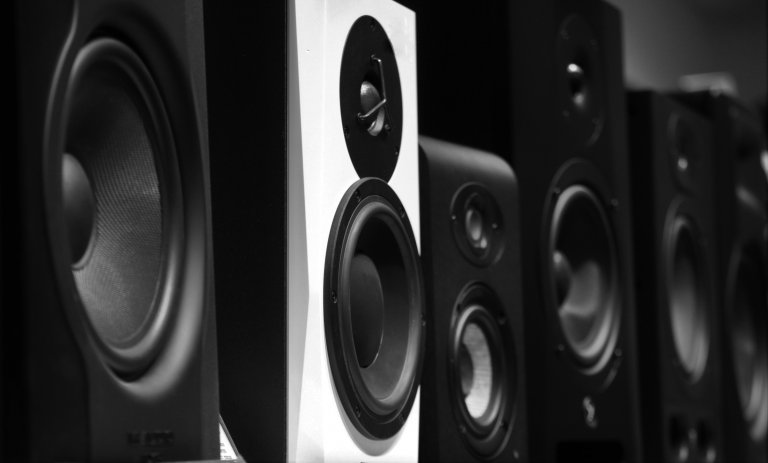The Specific Primary of Your Home Cinema System
Home cinema systems have become increasingly popular in recent years, offering a superior entertainment experience in the comfort of your own home. But with so many options and components to choose from, it can be overwhelming to figure out the specific primary pieces that make up a home cinema system. In this article, we will explore the essential components that make up a home cinema system and their role in creating the perfect viewing experience.
Display
The first and most crucial component of a home cinema system is the display. This is where all the action is displayed, and it’s essential to choose a high-quality display for the best viewing experience. There are several options to consider, such as projectors, flat-screen TVs, and curved screens. Each has its advantages, so it’s important to decide which one fits your needs and budget.
Projectors are a popular choice for home cinema systems due to their larger display size and the ability to create a movie theater-like experience. They can be mounted on the ceiling or placed on a shelf and project the image onto a screen or a blank wall. Flat-screen TVs, on the other hand, are a more affordable and compact option. They come in various sizes and can be mounted on a wall or placed on a stand. Finally, curved screens are a newer option that provides a more immersive experience by enveloping the viewer in the image.
Audio System
No home cinema system is complete without a proper audio system. Sound quality is just as crucial as the display when it comes to creating an immersive experience. For most home theater setups, a 5.1 surround sound system is sufficient. This setup consists of a center speaker, two front speakers, two surround speakers, and a subwoofer.
The center speaker is essential for delivering clear and crisp dialogue, while the front speakers provide a wider soundstage. The surround speakers add depth to the sound by placing the viewer in the middle of the action, and the subwoofer delivers low-frequency sounds, such as explosions and other bass-heavy effects, for a more realistic experience. For a truly immersive experience, you can also consider adding two additional surround speakers, creating a 7.1 surround sound system.
Source Components
Source components are essential for playing media on your home cinema system. These include devices such as Blu-ray players, streaming devices, and gaming consoles. A Blu-ray player is a must-have for high-definition movie viewing and can also play DVD and CD discs. Streaming devices, such as Apple TV, Roku, or Amazon Fire Stick, allow you to access popular streaming services like Netflix, Hulu, and Amazon Prime Video. Gaming consoles, such as Xbox or PlayStation, are also a great addition to your home theater for gaming and multimedia playback.
Receiver
The receiver acts as the central hub of your home cinema system, connecting all the components together. It receives audio and video signals from the source components and sends them to the display and speakers. The receiver also allows you to control the volume, switch between different audio modes, and adjust other settings. When purchasing a receiver, make sure it has enough inputs to accommodate all your source components.
Media Storage
A home cinema system also requires proper media storage for movies and music. This could include a media server, hard drive, or streaming service. A media server allows you to store and organize your movie and music library and access them easily from any of your source components. Alternatively, you can store your media on an external hard drive and connect it to your home cinema system when needed. Many streaming services now offer high-definition movies and TV shows, making it a convenient and affordable option for media storage.
Comfortable Seating
While this may not be a technical component, comfortable seating is crucial for enjoying long movie nights in your home cinema system. Depending on the layout of your space and the number of viewers, you may opt for individual recliners, a couch or sectional, or even a dedicated home theater seating setup. Whichever option you choose, make sure it provides adequate support and comfort for extended periods of sitting.
Lighting and Acoustic Treatment
Lighting and acoustic treatment are often overlooked but are essential for creating the ultimate home cinema experience. When it comes to lighting, it’s best to have a dimmable setup to control the brightness of the room. Too much light can cause glare on the screen, affecting the viewing experience. You can also add curtains or blinds to your windows to block out any external light sources.
Acoustic treatment refers to the use of sound-absorbing materials to improve sound quality by reducing echoes and reverberations. These materials can include carpets, drapes, acoustic panels, and rugs. Having proper acoustic treatment can significantly enhance the audio quality of your home cinema system, making it sound like a professional theater.
Conclusion
In conclusion, the primary components of a home cinema system include a high-quality display, a sound system, source components, a receiver, media storage, comfortable seating, and proper lighting and acoustic treatment. By carefully selecting and setting up these components, you can create the perfect home theater experience for you and your family. So grab your popcorn, dim the lights, and get ready to enjoy your favorite movies in the comfort of your own home.

